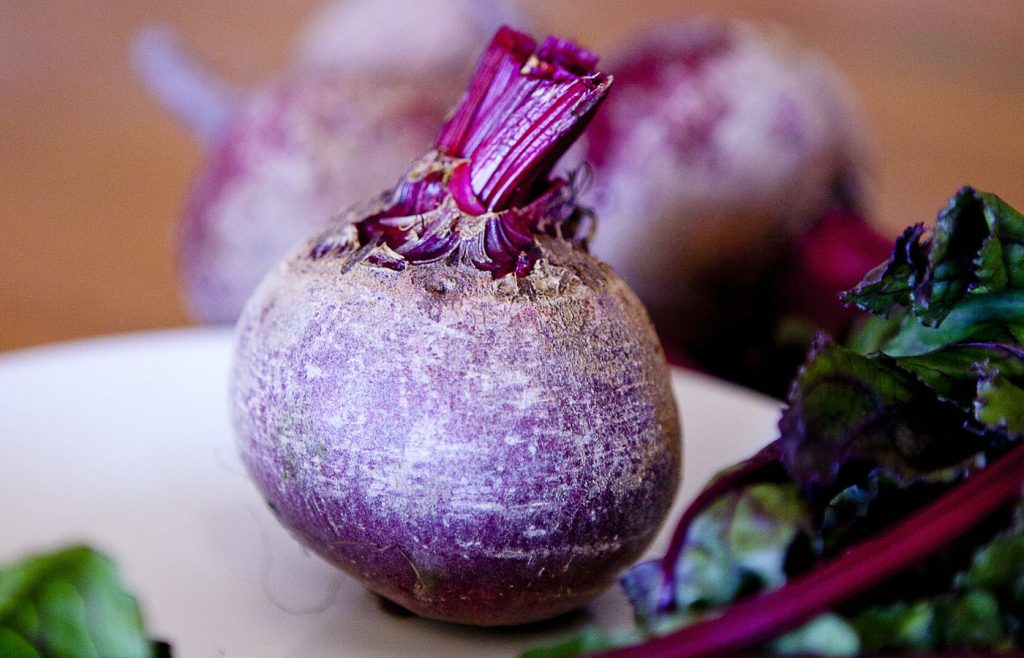Is a restorative night’s sleep something that you could only dream of?
Yet good-quality sleep (and getting enough of it!) is so vitally important for our health. Restorative sleep can positively impact our cognition, memory, emotional regulation, mental health, digestion, hormone production and immune function. We cannot fight our biology, and research has shown that adults require seven to nine hours of sleep a night for optimal health.
So how do we set up our body (and mind) for great sleep?
The importance of melatonin
One key factor that needs to be considered is our body’s main sleep hormone – melatonin. This hormone is responsible for helping us fall asleep, as well as helping us to stay asleep. Melatonin production is significantly impacted by exposure to light, which unfortunately means that when our eyes are constantly exposed to light, we’re unlikely to produce the melatonin we need for good-quality sleep.
Regulating our circadian rhythm
Before the invention of electricity, we rose with the sun, and went to bed shortly after the sun set. This routine is very beneficial in regulating our circadian rhythm, the biological clock that tells our body when to sleep, wake and eat. When we are exposed to sunlight during the day, our production of melatonin falls away, and as nightfall sets in, melatonin increases to prepare our body for sleep.

Melatonin-boosting foods
Certain foods contain melatonin, however myriad factors influence how much melatonin is found in the food once it is ready to be eaten, such as the environment in which the plants are cultured, the temperature range in which they are grown, how much sunlight they have been exposed to during their growth, any ripening processes they have undergone, as well as their chemical exposure. Generally, mushrooms, pistachio nuts, walnuts, tomatoes, red and orange capsicum, flaxseeds, mustard seeds and fenugreek are consistent sources, with highly varied levels being found in different cultivars of cherries, grapes and strawberries. Sour cherries tend to have the highest level of melatonin of the cherries that have been studied.
Stress reduction
If you are someone who struggles to fall asleep because your mind won’t stop thinking about the worries of the day, it’s important to manage your stress levels to assist with restorative sleep. Keeping a journal or notepad and pen next to the bed to do a “brain dump” before you go to sleep can help to process some of those busy thoughts by writing them down on paper. Regularly incorporating stress management practices such as meditation, breathwork, journaling, restorative yoga stretches or breath-focused movement such as Tai Chi can also be really beneficial. A warm, soothing bath before bedtime can also help to support great sleep, if this appeals to you. Sometimes our mind is busy because we are actually worrying about what someone thinks of us – if we’ve upset them or if they think we’re not thoughtful, for example – so examining the role that these perceptions might be playing in our poor-quality sleep can also be useful.

Blue light exposure
Light destroys melatonin, our main sleep hormone, which impacts the body’s rhythmic sleep cycle. Blue light, in particular, emitted consistently from backlit devices such as computers, phones, laptops and TV screens, is a major melatonin disruptor. Try to avoid using any backlit devices within 60-90 minutes of bedtime, and instead try reading a book, journaling, or doing a guided meditation to help you to wind down before you go to sleep.
Sleeping environment
Fostering the right environment for bedtime can be really impactful for the quality of your sleep. Creating a space that is just for sleep (not working on your laptop or watching Netflix), that has the lights dimmed, and is a comfortable, cool temperature, can really help to improve sleep quality. Avoid participating in habits that can hinder sleep such as watching the news, scrolling on social media, reading or watching violent or intense content, and instead try listening to relaxing music, sleep stories or binaural beats before bed to foster restorative sleep.
Food choices before bedtime
What we consume, not only right before bed, but also throughout the day, can have a big impact on sleep. Try to avoid caffeine after midday, as this can take up to eight hours to be cleared from the body (and may be even longer for certain people). You might also like to consider what and how much you are having for dinner. Aim for a light meal in the evening and be mindful of the serving size. Eat your dinner as early as is practically possible and try not to eat within 90 minutes of bedtime, as eating too close to sleep can impact your digestive system as well as your blood glucose levels, causing sleep disruptions. A chamomile tea before bed can be lovely and calming for the nervous system.

Start the day with gratitude
You can also support your body’s natural circadian rhythm by aiming to wake up at the same time each day, and gently (and safely) exposing your eyes to the morning light. Try sleeping with your blinds or curtains open and waking up naturally with the sun, or if this isn’t possible, try going outside when you wake up, to expose your eyes to the natural light. A lovely practice to embrace is thinking about something you are grateful for while recognising that the light of a new day has dawned.
If you would like to learn more about solving your sleep challenges, you might be interested in this online event.






















